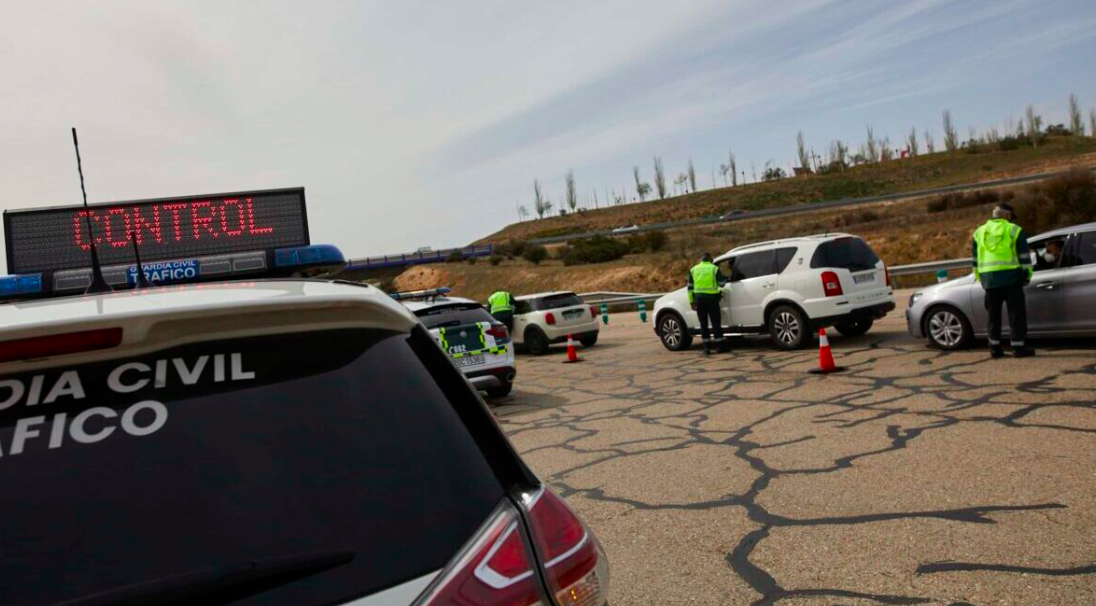By Javier Villamor
(Opinion) The political, business, and media elite from different spheres and countries promote the 15-minute city as the urban planning of an imposed future.
The idea behind this planning is straightforward: to design cities so that all essential and necessary services are within a 15-minute walking distance: health, shopping, leisure, study, work, etc.
The official media say that the socialist mayor of Paris, Anne Hidalgo, was the one who came up with the idea, but this proposal has been replicated in other places such as Madrid, for example, by Rita Maestre of Más Madrid.

The concept of 15-minute cities is, like many others we have been accustomed to for years, a great idea on paper whose B side is usually omitted to the general public so as not to generate discontent.
The pro-government media have already used legitimate doubts to label the opponents as the usual: ultra-right or conspiracy theorists.
The urban planning project involves redrawing the design of cities so that everyone has what they need to live within a 15-minute walk or bike ride.
What about cars?
Those who can afford an electric car will have no problem, although it is not entirely sure that this will be the definitive scenario due to the high production cost of this type of transport.
The excuse behind all this, of course, is environmental protection.
On paper, everything is ideal, but the implementation entails a series of limitations.
No one is against more friendly communities with less stress and pollution.
What some people seem to have discovered in the 21st century is the kind of cities that have been spread throughout Europe for centuries.
The kind of cities that amaze the world as open-air museums but which no one seems to have understood until now.
The narrative thread used by the elite is based on two factors, the conjunction of which has awakened the interest of those in power in this type of urbanism: the impact of the virus health crisis and the pressure to meet the zero-emission targets of Agenda 2030.
In the United Kingdom, several city councils such as Bristol, Sheffield, Birmingham, and Canterbury have declared their desire for transformation, but the one that has shown the most enthusiasm has been Oxford, as it plans to have this type of city fully operational by 2040.
This may sound far-fetched, but not so doubtful considering the measures already implemented in all cities with more than 50,000 inhabitants.
The prohibition of driving certain vehicles through the urban center, as with Madrid Central (extended by Almeida to Madrid 360), is a consequence of this idea, so it can be concluded that it is a project planned before they present it.
Everything has a logical development of which the low emission zones are the first step.
This urban design comes hand in hand with the implementation of advanced technological control systems, the same ones installed in recent years.
As when Marlaska said he was installing security and thermal cameras to control the coronavirus.
The real purpose is known and has nothing to do with health.
Once these new cities are developed, each citizen will have an assigned area, registration will be mandatory, as well as vehicle registration.
If someone wished to leave their mandatory constituencies with their vehicle, they would most likely have to ask for a permit limited in times or days per year.
For commuting to work, public transport.
Only owners of high-cost, low-production vehicles will not be affected by carbon emission reduction measures.
They call it the Ferrari amendment.
They seem to want to sell the excellence of living in a village within a city, with the particularity of not having a meadow nearby, cows, freedom, or anything similar to what a rural life entails.
Today, London is the world’s capital that records its inhabitants more than any other city, about 300 times a day.
Some say it is the capital of the free world. Just as free as Australia and the concentration camps for a virus or New Zealand with its former prime minister who planned to impose taxes on cow methane, etc.
The above goes hand in hand with the fight against climate change, so it is not out of the question that climate confinements will be considered in the not-too-distant future.
Nothing better than to look at China: everyone at home, in neighborhoods controlled by police and security cameras.
Many people think that this will not happen here.
They believe that because it is a country with a totalitarian government, these measures could never reach our countries, but the reality is that China has served as a technological concentration camp for testing and later expanding these measures to other countries.
The passport of the good citizen will be our digital passport that they also want to implement.
Random confinements will be our confinements for the sake of Pachamama.
Our reduction of rights and freedoms will be sold as necessary to avoid the end of the planet.
Actually, it is already being done.
With information from LGI

